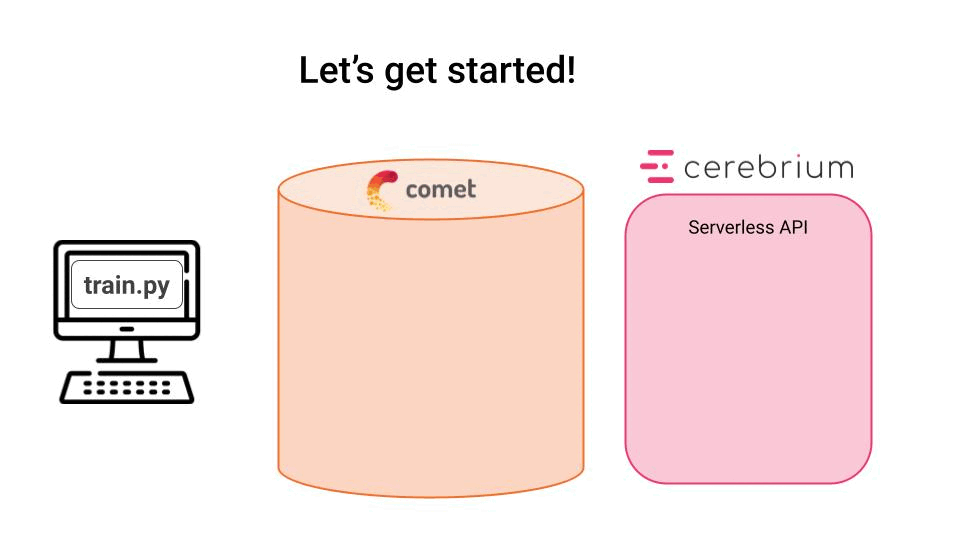- The problem
- This is what you will learn
- Run the whole thing in 5 minutes
- Part 1. Model training 🏋️
- Part 2. Model deployment as REST API 🚀
- Part 3. Automation with GitHub actions and the Model Registry 🪝
- Wanna learn more real-time ML?
Predicting crypto price movements is extremely hard. But it is also a great field to show what Machine Learning has to offer.
In this tutorial you won't build an ML system that will make you rich. But you will master the MLOps frameworks and tools you need to build ML systems that, together with tons of experimentation, can take you there.
With this hands-on tutorial, I want to help you grow as an ML engineer and go beyond notebooks.
You will learn to
- train an ML model prototype through careful experimentation, using CometML.
- deploy the model as a REST API, with Cerebrium.
- automate safe deployments, using GitHub actions and Comet ML Model Registry.
Without further ado, let's get to work!
If you only have 5 minutes and want to see the whole system in action, follow these steps:
-
Create a Python virtual environment with all project dependencies with
$ make init -
Set your API keys for Comet ML and Cerebrium in
set_environment_variables_template.sh, rename the file asset_environment_variables.shand run it$ . ./set_environment_variables.sh -
Download historical data from Coinbase and save it locally to disk
$ make data -
Train ML model
$ make train -
Deploy the model
$ make deploy -
Take the endpoint URL you get from Cerebrium in the previous step, and set the
CEREBRIUM_ENDPOINT_URLvariable inset_environment_variables.sh. Then re-run$ . ./set_environment_variables.sh -
Test the endpoint works
$ make test-endpoint
In this first lecture you will
- fetch raw data
- transform it into features and targets
- build a baseline model
- experiment with several ML models in a fast and reliable way, using Python scripts and Comet ML experiment tracking
In this lecture you won't train an ML model that will make you rich. But you will master the framework and skillset you need if you want to build ML models that, together with tons of experimentation, can take you there.
Ready to get your hands-dirty? Start training models 👩💻👨🏽💻 🏋️
In this second lecture you will
-
deploy the best ML model you found in lecture 1 as a REST API using Cerebrium
-
test the endpoint works.
Ready to deploy? Start deploying models 👩💻👨🏽💻 🚀
ML models often need to be re-trained to keep them performant. Hence, automating safe deployments is a must.
In this third and final lecture you will
- build a continuous deployment pipeline using GitHub actions
- create a webhook to trigger deployments from the Model Registry.
Ready for the final round? Start automating safe deployments 👩💻👨🏽💻 🪝
Wanna learn to build a complete ML system that
- ingests real-time crypto data
- trains predictive ML models, and
- continuously deploys them
using MLOps best practices?
I am preparing a new hands-on tutorial where you will learn all this.
Subscribe to The Real-World ML Newsletter to be notified when the tutorial is out.
